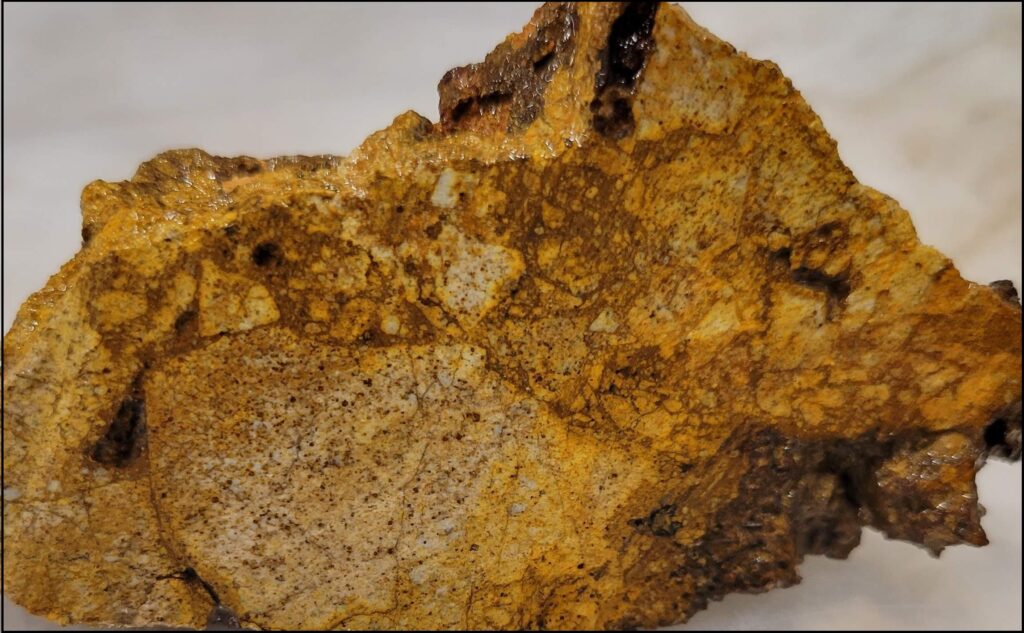Mining success is often the result of strategic exploration, meticulous planning, and the discovery of high-potential mineral deposits. Among the various types of gold ore, oxidized gold ore resources stand out as particularly promising for mining operations. These resources typically form through the natural weathering and oxidation of primary sulfide ore deposits, creating a near-surface concentration of gold that is often easier and more cost-effective to process. As such, the identification and development of oxidized gold ore bodies can serve as a crucial stepping stone toward establishing a successful mining venture. Oxidized gold ores are generally found in the upper portions of gold deposits, where exposure to oxygen and other environmental elements has altered the original mineral composition. This process often breaks down sulfide minerals and liberates gold particles, sometimes enriching the ore body in the process. One of the main advantages of oxidized ore is that it usually contains fewer harmful compounds such as arsenic or sulfur, which can complicate processing.

Instead, oxidized gold ore tend to be more amenable to simple, low-cost recovery methods such as heap leaching or gravity separation, making them attractive to junior and mid-tier mining companies aiming to reduce capital expenditures and operational risks. In regions with a strong history of gold production, such as parts of Nevada, Western Australia, and West Africa, oxidized gold ore has played a significant role in shaping the success of both established and emerging mining operations. These near-surface resources often act as entry points for broader exploration programs, offering early cash flow and valuable geological data. This, in turn, can fund deeper exploration efforts into the underlying sulfide systems, which typically require more complex and expensive processing technologies. Furthermore, the environmental and regulatory advantages associated with oxidized gold ores should not be underestimated. The simpler metallurgy associated with these deposits often translates into a reduced environmental footprint.
Fewer reagents are needed, processing facilities can be smaller, and tailings management becomes less hazardous, all of which can help projects gain faster approvals and stronger support from local communities and stakeholders. In the broader context of the gold mining industry, the development of JXSC oxidized gold resources is often seen as a strategic move. These deposits allow companies to establish operational footprints, prove their ability to produce economically, and attract investor interest. In volatile markets where securing funding for large-scale development is increasingly challenging, a well-managed oxidized ore project can serve as a reliable foundation for long-term growth. In conclusion, the pathway to mining success frequently begins with the identification and development of promising oxidized gold ore resources. Their favorable metallurgical properties, lower environmental impact, and potential for early-stage production make them a vital component of the gold mining landscape. Companies that strategically target and develop these resources are well-positioned to achieve both short-term profitability and long-term exploration success.
